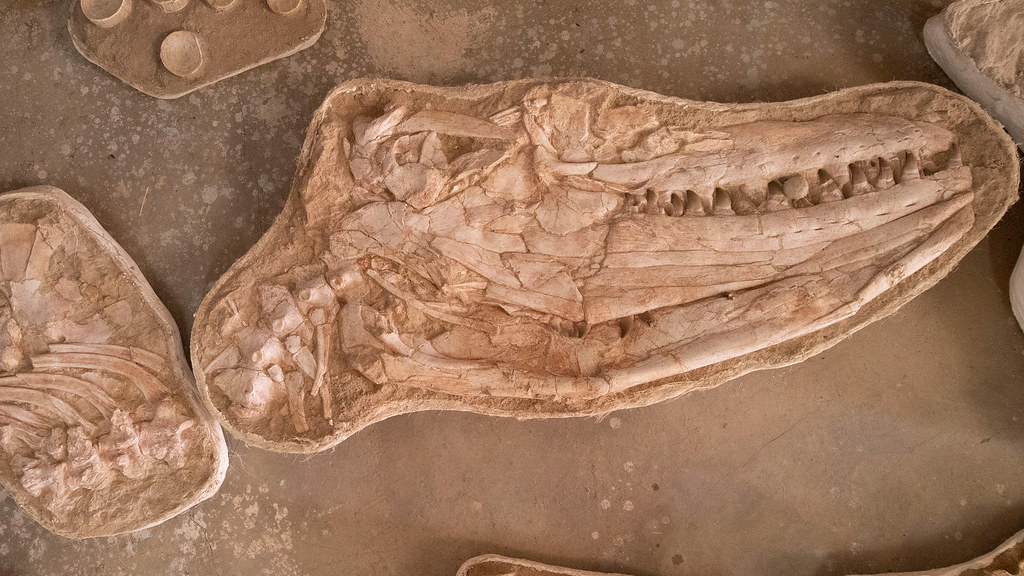哺乳類では、ムチンと呼ばれるタンパク質は、ムチン以外のタンパク質を意外な方法で共用して進化を繰り返してきたことが明らかにされた。 In mammals, proteins called mucins evolved — again and again — by co-opting non-mucin proteins in a surprising way, study suggests
2022-08-26 バッファロー大学(UB)
「リピート」と呼ばれる2重になった領域がムチンの機能にとって重要であり、この部分を覆っている糖は、ボトルブラシの毛のように外側に突き出ており、ムチンが行う多くの重要な作業に欠かせないぬるぬるとした性質を与えている。
ムチンでないタンパク質が、繰り返し配列を獲得しただけでムチンになる。これは、進化がスライムを作る重要な方法だ。
多くのムチンは哺乳類の様々なグループの間で共通の祖先を持つが、研究チームは、進化によって非ムチンタンパク質がPTSリピートの追加によってムチンに変換されたと思われる例を15例記録した。
<関連情報>
- https://www.buffalo.edu/news/releases/2022/08/023.html
- https://www.science.org/doi/10.1126/sciadv.abm8757
ムチンの機能を生み出す遺伝子進化のメカニズム A mechanism of gene evolution generating mucin function
Petar Pajic ,Shichen Shen,Jun Qu,Alison J. May,Sarah Knox,Stefan Ruhl,Omer Gokcumen
Science Advances Published:26 Aug 2022
DOI: 10.1126/sciadv.abm8757

Abstract
How novel gene functions evolve is a fundamental question in biology. Mucin proteins, a functionally but not evolutionarily defined group of proteins, allow the study of convergent evolution of gene function. By analyzing the genomic variation of mucins across a wide range of mammalian genomes, we propose that exonic repeats and their copy number variation contribute substantially to the de novo evolution of new gene functions. By integrating bioinformatic, phylogenetic, proteomic, and immunohistochemical approaches, we identified 15 undescribed instances of evolutionary convergence, where novel mucins originated by gaining densely O-glycosylated exonic repeat domains. Our results suggest that secreted proteins rich in proline are natural precursors for acquiring mucin function. Our findings have broad implications for understanding the role of exonic repeats in the parallel evolution of new gene functions, especially those involving protein glycosylation.


